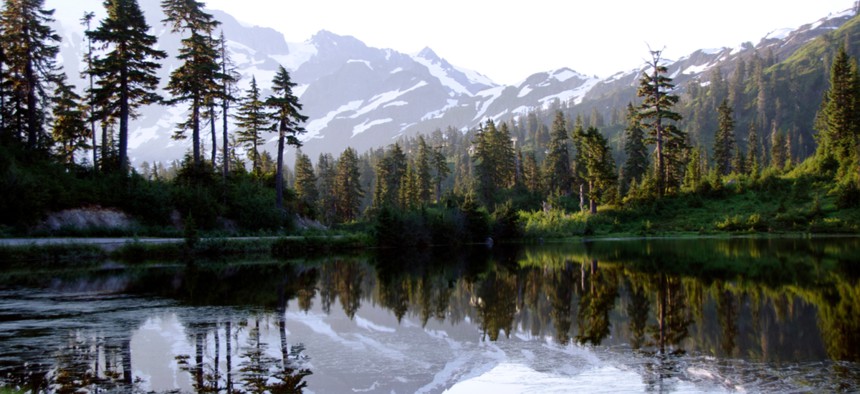The Best—and Worst—States to Live In

Washington ranked 14th in "natural environment," which measures air and water quality and pollution. Shutterstock
Washington ranks first in U.S. News & World Report's annual "Best States" rankings, while Louisiana took last place for the third consecutive year.
Washington is the best state to live in, while Louisiana is the worst, according to rankings released Tuesday by U.S. News & World Report.
The annual best states rankings draw from “thousands of data points to measure how well states are performing for their citizens.” Those metrics include information on health care, education, economy and the fiscal stability of state government, among other things—all of them weighted depending on how much residents who responded to a survey said they mattered.
Washington, which ranked sixth last year, did not place first in any one of those metrics, but notched top-five scores in the four most important categories (health care, education, economy and infrastructure). The state boasts the country’s fastest-growing economy, which researchers attributed to a booming tech sector and an abundance of clean, inexpensive energy.
“The tech-heavy state's expectedly strong broadband network sits atop one of the nation's best electrical systems, one well-positioned as the country shifts away from coal- and natural gas-generated electricity,” the news site explains.
Washington Gov. Jay Inslee was “thrilled” by the news, the Seattle Times reported.
“This confirms what we, in Washington have always known, that our state is great for businesses, workers and investments, coupled with natural beauty and innovative, creative people,” Inslee said. “I am pleased to share Washington’s success with the world.”
New Hampshire (fifth last year), Minnesota (second), Utah (third) and Vermont (ninth) round out the top five.
Louisiana ranked last for the third year in a row, with last-place rankings in opportunity, crime and corrections, as well as natural environment. Louisiana Gov. John Bel Edwards dismissed the state's showing, telling The Greater Baton Rouge Business Report that the methodology uses outdated data that doesn’t accurately reflect improvements taking place there.
“It takes time for improvement to show up in data, and some of the U.S. News and World Report’s data sources are several years old, which is frustrating,” he said. “But we know we’re doing far better than we were years ago and we fully expect that will show up in future rankings.”
Alabama (46th last year), Mississippi (49th), West Virginia (no change) and New Mexico (48th) complete the bottom five states.
Kate Elizabeth Queram is a Staff Correspondent for Route Fifty and is based in Washington, D.C.
NEXT STORY: Proposal in Oregon Would Allow Farmers to Sue GMO Patent Holders for Contamination





